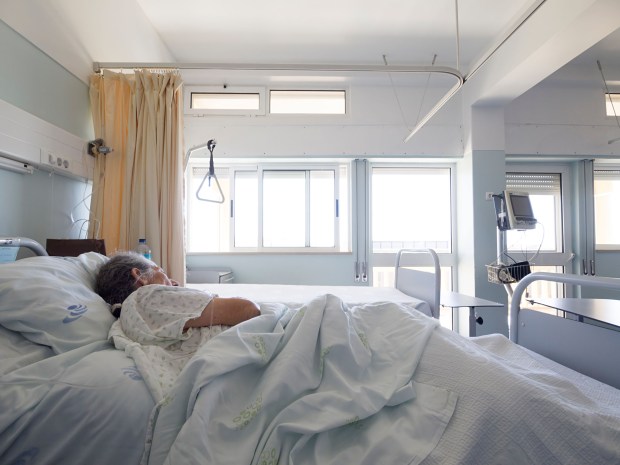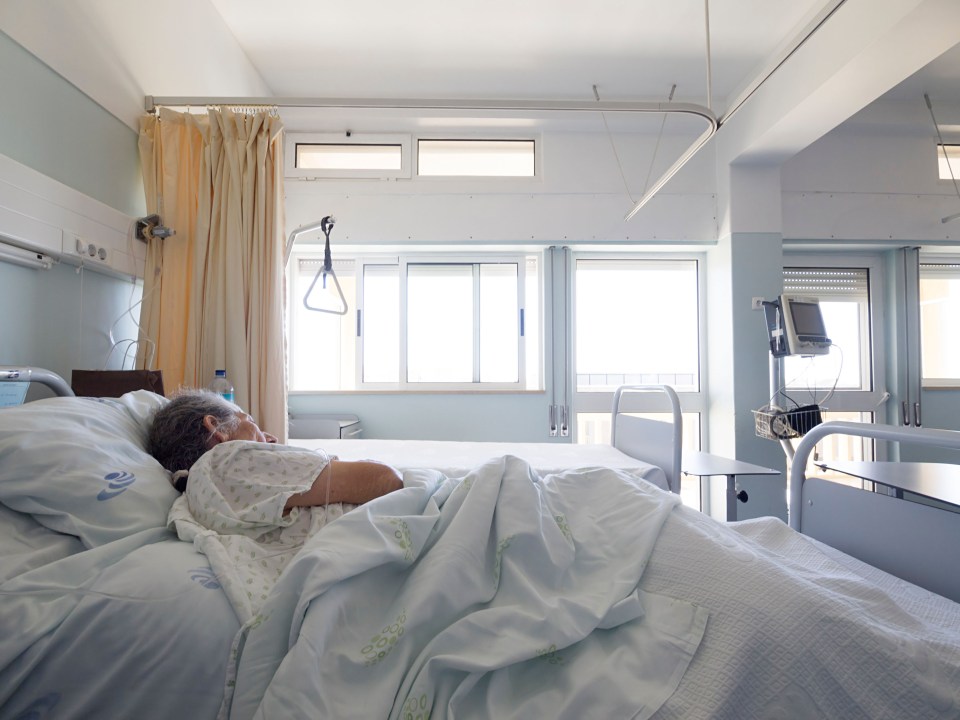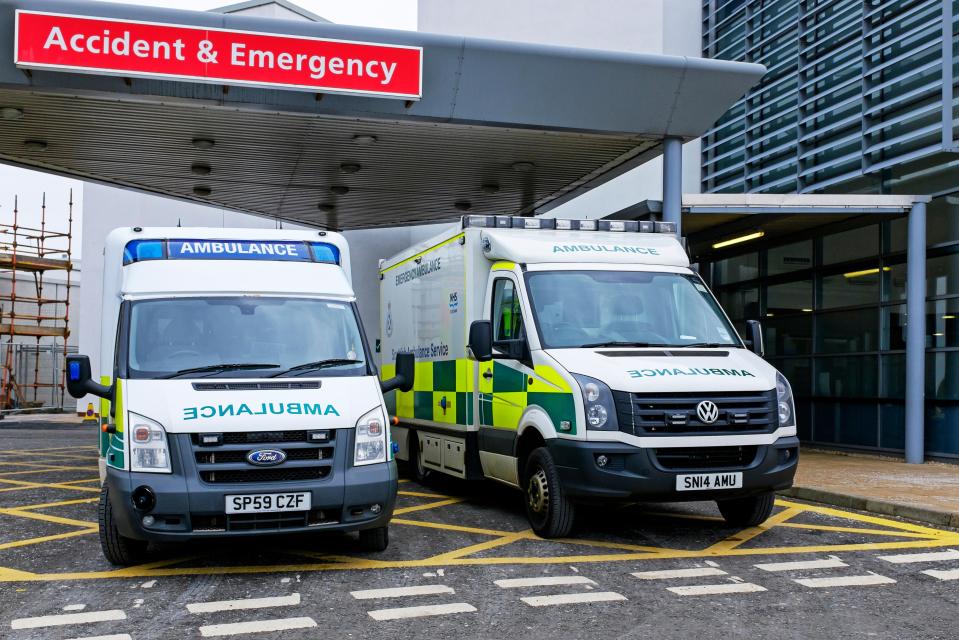NHS delays rocket as ‘patients wait a week longer to see a consultant than they did 4 years ago’
Standards have slipped since the government scrapped targets on waiting times last year, a report found

Patients wait a week longer to see a consultant than they did four years ago, a study has found.
Experts claim the figures unearthed by Nuffield Trust and the Health Foundation pointed to a "worrying" trend for increasing waiting times.
The long delays mean NHS waiting lists have grown from 2.35million people waiting to start consultant-led treatment eight years ago, to 3.7million people in September this year.
The Government abolished two targets relating to waiting times in June 2015, and standards have slipped as a result, the report claimed.
In the time since the targets were scrapped, there has been a nine per cent drop in the number of admitted hospital patients starting treatment within 18 weeks, which now stands at 77 per cent.
Meanwhile, there was a five percentage point drop in the number of of non-admitted patients received treatment within the same time frame.
Even a newer aim, which states that 92% of all patients should wait less than 18 weeks to start treatment, has also been mostly missed in 2016, the report said.
Overall, the typical waiting time for patients scheduled for treatment has increased by just over a week, from 5.5 weeks in April 2012 to 6.6 weeks in April 2016.
The report - which covers England - also found the NHS was performing poorly in other key areas.
The number of people waiting for diagnostic tests such as MRI scans, has more than doubled in the past eight years.
Other major issues included four in ten ambulances taking more than eight minutes to reach life-threatening emergencies, and bed occupancy being at "dangerously high levels".
The report concluded: "Waiting times for consultant-led treatment, ambulance response times and waiting times for A&E are all areas of concern, with performance against some of these rising to levels not seen since earlier this decade. "
It added: "Waiting longer may mean preventable conditions are not addressed, while delays in treatment can mean minor ailments become bigger problems.
"The considerable pressures under which ambulance services are working and the lengthening waits for ambulances responding to life-threatening situations are deeply worrying."
related stories
But the report's authors did point to key areas of improvement across the NHS, including reductions in smoking in pregnancy, better stroke care and improvements in patients' experience of hospital care.
Nigel Edwards, chief executive of the Nuffield Trust, said:"The fact that the financial squeeze didn't immediately affect the quality of patient care reflects the hard work and goodwill of NHS staff.
"But slowing improvement in some areas of quality, combined with longer waiting times and ongoing austerity suggests the NHS is heading for serious problems.
"It seems likely that a system under such immense pressure will be unable, at some point, in some services, to provide care to the standards that patients and staff alike expect."
















